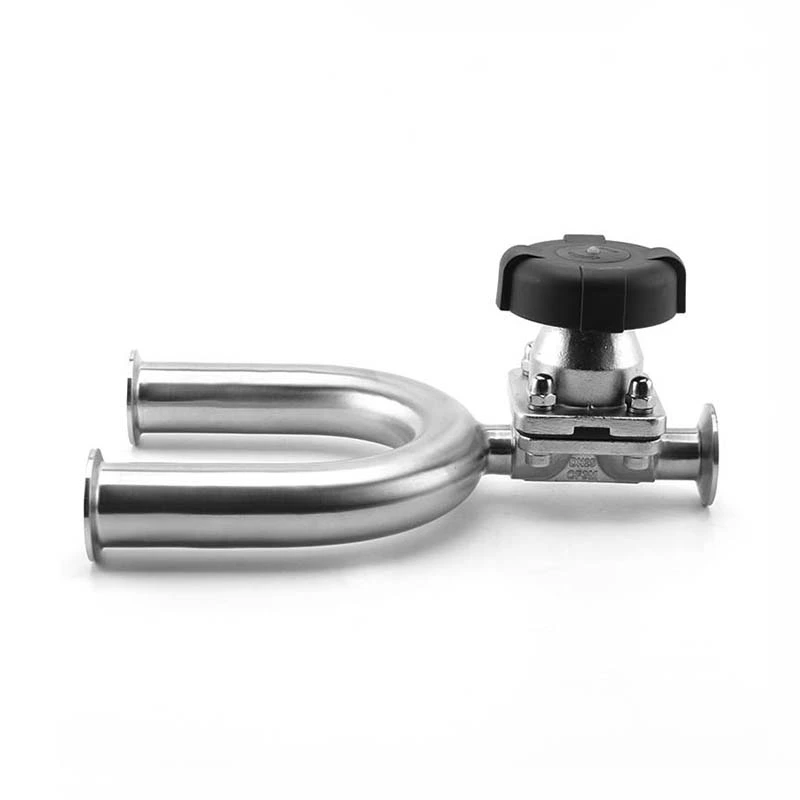What Is The Performance Of Sanitary Diaphragm Valve?
How is the performance of Sanitary Diaphragm Valve?
The function of the sanitary diaphragm valve actuator (such as hydraulic cylinder and hydraulic motor) is to convert the pressure energy of the liquid into mechanical energy and drive the load to make linear reciprocating motion or rotary motion. The control element (i.e. various hydraulic valves) controls and adjusts the pressure, flow and direction of the liquid in the hydraulic system. According to different control functions, hydraulic valves can be divided into force control valves, flow control valves and direction control valves.
Pressure control valves are further divided into flow control valves (safety valves), pressure reducing valves, sequence valves, pressure relays, etc.; flow control valves include throttle valves, regulating valves, flow diversion and collection valves, etc.; direction control valves include check valves, hydraulic control check valves, shuttle valves, reversing valves, etc. According to different control methods, hydraulic valves can be divided into switch control valves, fixed value control valves and proportional control valves. Auxiliary components include oil tanks, oil filters, oil pipes and pipe joints, sealing rings, pressure gauges, oil level and oil temperature gauges, etc. Hydraulic oil is the working medium for transmitting energy in hydraulic systems. There are several major categories, including various mineral oils, emulsions and synthetic hydraulic oils.
Safety precautions for the performance of sanitary diaphragm valves. Wafer check valves are a general one-way fluid valve. They are light in weight, small in size, and easy to install between flanges. The valve consists of two semicircular springs and a plate surface, which are fixed to the valve body with pins. The spring deformation closes the valve plate, and the fluid pressure causes the spring to open. The deformation is very fast, which can protect the pipeline from water hammer damage.
Precautions for installing sanitary diaphragm valves: When placing the pipeline, pay attention to the direction of the wafer check valve to be consistent with the flow direction of the fluid and install it in a vertically placed pipeline. For horizontally placed pipelines, place the wafer check valve vertically. Use a telescopic tube between the wafer check valve and the butterfly valve, and never connect it directly to other valves. Avoid adding pipe joints and obstructions within the operating radius of the sanitary diaphragm valve disc. Do not install a reducer in front of or behind the wafer check valve. When installing the wafer check valve near the elbow, be sure to leave enough space. When installing the wafer check valve at the pump outlet, leave at least six times the valve diameter to ensure that the butterfly plate is eventually affected by the fluid.
